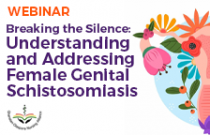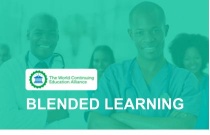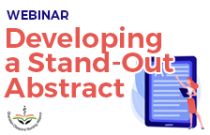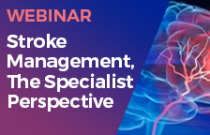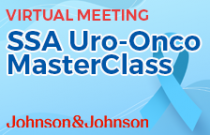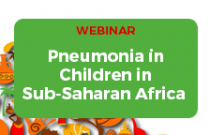The Rudiments of Project Management
Prof. Kayode Osagbemi
Discussing the basics principles of health project management.
Breaking the Silence: Understanding and Addressing Female Genital Schistosomiasis
Ms Sedonia Abapori Adabugah
A series of educational webinars with them for nurses and midwives across Africa and hopefully this will lead into some project work in Ghana as well.
Continuous Professional Development (CPD)- Key to Establishing Professional Identity
Daniel Apau DNP, APRN, AGACNP-BC, FHEA(UK), Registered Nurse Teacher (UK)
This insightful webinar will explore how Continuous Professional Development (CPD) serves as the cornerstone for establishing and solidifying our professional identity and defining who we are and where we are headed in our careers.
Developing a Stand-Out Abstract
Dr.Foster Osei Baah & Dr. Ruth-Alma Turkson-Ocran
This webinar guides creating high-quality abstracts. It covers the structure and components of effective abstracts, and tips for writing clearly and concisely The presenters offer insights on crafting compelling titles, organizing content, and highlighting key findings to maximize the chances of abstract acceptance. It also prov....
Stroke Management, The Specialist Perspective
Mrs Doris Begah (RGN), Emergency Nurse Practitioner
A stroke occurs due to either a blood clot or bleeding in the brain. This webinar will cover stroke causes, signs and symptoms, risk factors, prevention strategies, and the management and treatment of stroke in the accident and emergency department.
URO-ONCO MASTERCLASS 2024
Dr Mutambirwa, Prof Abinya, Dr Omondi Ogude, Dr Shagaya and Prof Mnesah
Presenting on current evidence and standard of care in the management of mHSPC and nmCRPC and using a multidisciplinary approach in managing prostate cancer Case presentation on metastatic castrate resistant prostate
Building Healthy Cities in the SDGs Era: Why Should we all Care?
Sebastiana A. Etzo
By 2050, about 60% of the population in the African continent will be urbanised. In Low- and Middle-Income Countries (LMICs), rapid urbanisation is giving rise to distinct health trends. Challenges include overcrowding, inadequate sanitation, and limited clean water access, leading to the spread of infectious diseases. Urban are....
Pneumonia in Children in Sub-Saharan Africa: Burden, Risk Factors, Aetiology, Management and Prevention
Dr David Moore
This lecture will highlight the importance of pneumonia in African children, including epidemiology, causative agents, treatment options and preventive strategies.

